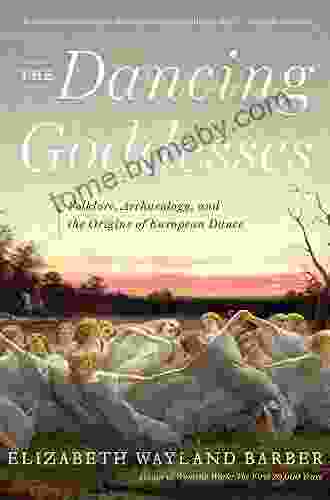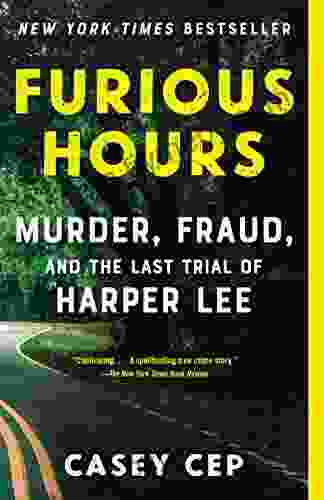Folklore Archaeology and the Origins of European Dance: Unraveling the Tapestry of Movement

Dance, an integral part of human expression, has captivated cultures across time and geography. From the rhythmic steps of indigenous tribes to the elegant ballet performances of grand theaters, dance has mirrored the evolution of societies and their collective spirit. Folklore archaeology, a captivating field that delves into the remnants of past cultures, offers a unique lens through which we can explore the ancient origins of European dance.
Folklore Archaeology: Unearthing the Past
Folklore archaeology, a branch of archaeology, focuses on the study of past cultures through their intangible heritage. This includes examining oral histories, traditions, beliefs, and practices that have been passed down from generation to generation. By delving into these vestiges of the past, folklore archaeologists can piece together a vivid tapestry of human experience.
4.8 out of 5
| Language | : | English |
| File size | : | 64209 KB |
| Text-to-Speech | : | Enabled |
| Screen Reader | : | Supported |
| Enhanced typesetting | : | Enabled |
| Word Wise | : | Enabled |
| Print length | : | 550 pages |
When it comes to dance, folklore archaeology plays a pivotal role in deciphering its origins and evolution. Through extensive research and meticulous analysis, folklore archaeologists uncover the hidden stories embedded within dance movements, gestures, and accompanying rituals. This rich body of knowledge sheds light on the social, cultural, and religious significance of dance in ancient European societies.
Decoding Ancient Dance: A Journey Through Time
The origins of European dance stretch far back in time, with roots in prehistoric rituals and ceremonies. Folklore archaeology has provided invaluable insights into these enigmatic beginnings, revealing the profound connections between dance and spirituality, hunting, and warfare.
Prehistoric Rituals and Ceremonies
In the depths of ancient caves, adorned with enigmatic cave paintings, folklore archaeologists have found evidence of early forms of dance. These symbolic representations depict figures engaged in ritualistic movements, possibly invoking the spirits of animals or seeking divine favor. The rhythmic stamping of feet, the graceful swaying of bodies, and the intricate gestures suggest a deep-seated need for humans to express themselves through movement.
Hunting and Dance
Dance played a vital role in the lives of prehistoric hunter-gatherer societies. It was believed that certain dances could attract prey, ensure a successful hunt, and honor the spirits of the animals that sustained the community. Folklore archaeology has uncovered evidence of hunting dances performed before and after expeditions, with specific movements and gestures imitating the animals being pursued.
Warrior Dances and Combat
In ancient European cultures, dance was also intricately intertwined with warfare. Martial arts and combat techniques were often expressed through stylized dances, preparing warriors for battle and instilling a sense of unity and discipline. These dances incorporated elements of weaponry, mock combat, and synchronized movements, showcasing the prowess and camaraderie of the warrior class.
The Evolution of Dance in Ancient Europe
As European cultures progressed through the ages, so too did the evolution of dance. Folklore archaeology has traced the influences of various civilizations, including the Greeks, Romans, and Celts, in shaping the diverse tapestry of European dance.
The Influence of Ancient Greece
Ancient Greece held dance in the highest esteem, considering it an essential part of education and personal development. Greek dance was characterized by its elegance, precision, and philosophical underpinnings. Folklore archaeologists have identified specific dance forms, such as the Pyrrhic war dance and the Dionysian revels, that played significant roles in Greek society.
The Roman Legacy
The Romans, known for their pragmatism and love of spectacle, brought their own unique contributions to European dance. Gladiatorial contests, chariot races, and elaborate theatrical performances showcased the Romans' fascination with physical prowess and entertainment. Folklore archaeology has shed light on the influence of Roman dance on later European traditions, such as the medieval jousts and courtly dances.
Celtic Dance: A Tapestry of Myth and Ritual
The Celts, inhabiting vast regions of Europe, had a rich and vibrant dance culture deeply rooted in mythology and spirituality. Folklore archaeology has uncovered evidence of Celtic dance rituals associated with fertility, healing, and the changing seasons. These dances were often performed in sacred groves or at major festivals, connecting the Celts to the natural world and their ancestral traditions.
: A Living Legacy
Folklore archaeology has illuminated the profound significance of dance in ancient European societies, revealing its deep connections to spirituality, hunting, warfare, and cultural identity. The origins of European dance are intricately entwined with the human experience, a testament to our enduring need for self-expression and connection.
As we delve into the folklore and archaeology of dance, we not only gain a deeper understanding of our past but also appreciate the living legacy it has left upon our present. Dance continues to thrive as a vibrant art form, connecting cultures, inspiring creativity, and enriching human lives across the globe.
4.8 out of 5
| Language | : | English |
| File size | : | 64209 KB |
| Text-to-Speech | : | Enabled |
| Screen Reader | : | Supported |
| Enhanced typesetting | : | Enabled |
| Word Wise | : | Enabled |
| Print length | : | 550 pages |
Do you want to contribute by writing guest posts on this blog?
Please contact us and send us a resume of previous articles that you have written.
 Book
Book Novel
Novel Page
Page Chapter
Chapter Text
Text Story
Story Genre
Genre Reader
Reader Library
Library Paperback
Paperback E-book
E-book Magazine
Magazine Newspaper
Newspaper Paragraph
Paragraph Sentence
Sentence Bookmark
Bookmark Shelf
Shelf Glossary
Glossary Bibliography
Bibliography Foreword
Foreword Preface
Preface Synopsis
Synopsis Annotation
Annotation Footnote
Footnote Manuscript
Manuscript Scroll
Scroll Codex
Codex Tome
Tome Bestseller
Bestseller Classics
Classics Library card
Library card Narrative
Narrative Biography
Biography Autobiography
Autobiography Memoir
Memoir Reference
Reference Encyclopedia
Encyclopedia Eric Rauchway
Eric Rauchway Shankar Vedantam
Shankar Vedantam Cheryl Harness
Cheryl Harness Henry Obikwere
Henry Obikwere Theresa Goodrich
Theresa Goodrich Lynne Tolley
Lynne Tolley Ronald T Potter Efron
Ronald T Potter Efron Jason Brick
Jason Brick Theodore X O Connell
Theodore X O Connell Howard Pyle
Howard Pyle Erin I Kelly
Erin I Kelly Mary O Keefe Young
Mary O Keefe Young Cherilyn Clough
Cherilyn Clough Cesar Millan
Cesar Millan Charles Dagher
Charles Dagher Catie Marron
Catie Marron Landon Bryce
Landon Bryce Leslie R Crutchfield
Leslie R Crutchfield Jean Pierre Danthine
Jean Pierre Danthine Nobu Matsuhisa
Nobu Matsuhisa
Light bulbAdvertise smarter! Our strategic ad space ensures maximum exposure. Reserve your spot today!

 W. Somerset MaughamMomentum Stick Figure Physics: Unraveling the Mysteries of Physics in an...
W. Somerset MaughamMomentum Stick Figure Physics: Unraveling the Mysteries of Physics in an...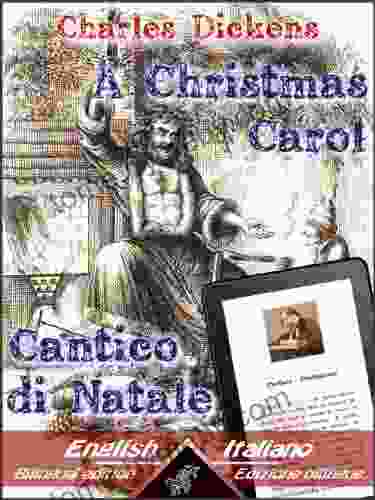
 Christian BarnesUnlock the Power of Language with "Bilingual Parallel Text Bilingue Con Testo...
Christian BarnesUnlock the Power of Language with "Bilingual Parallel Text Bilingue Con Testo...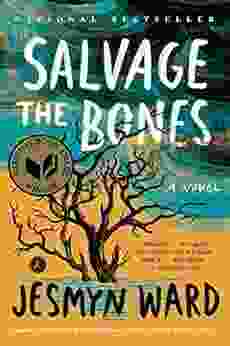
 Fletcher MitchellUncover the Power of Love and Resilience Amidst Katrina's Fury: Dive into...
Fletcher MitchellUncover the Power of Love and Resilience Amidst Katrina's Fury: Dive into... Ralph TurnerFollow ·7.5k
Ralph TurnerFollow ·7.5k Desmond FosterFollow ·8.6k
Desmond FosterFollow ·8.6k Emilio CoxFollow ·3.7k
Emilio CoxFollow ·3.7k Clark BellFollow ·19.1k
Clark BellFollow ·19.1k Arthur MasonFollow ·3.5k
Arthur MasonFollow ·3.5k Cameron ReedFollow ·6.6k
Cameron ReedFollow ·6.6k Chuck MitchellFollow ·10.2k
Chuck MitchellFollow ·10.2k Rick NelsonFollow ·16.8k
Rick NelsonFollow ·16.8k
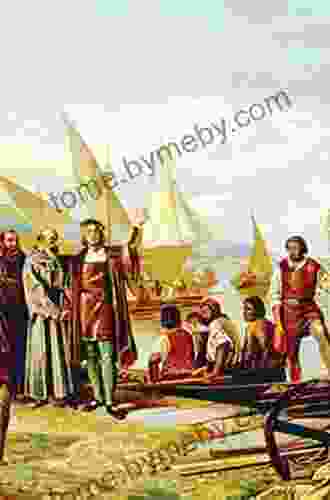
 Alvin Bell
Alvin BellEmbark on an Epic Journey: "Spirit of Colombia: Arctic to...
Prepare to embark on an...
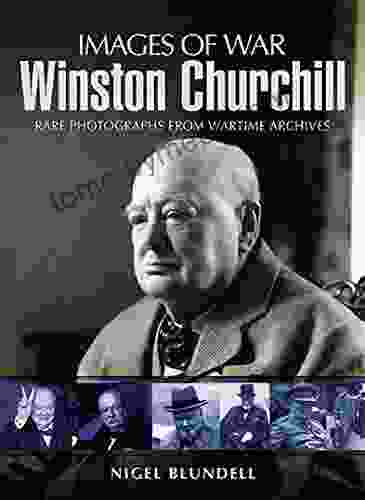
 Christian Barnes
Christian BarnesWinston Churchill Images Of War: A Visual Journey Through...
Winston Churchill, one of the most iconic and...
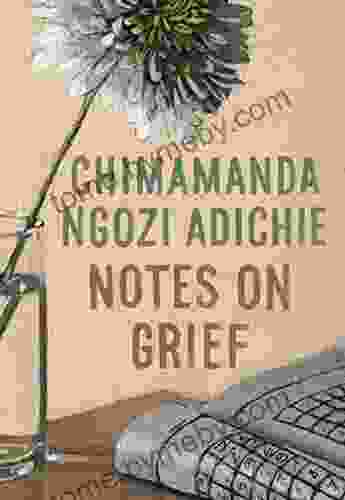
 Pete Blair
Pete BlairNavigating the Labyrinth of Grief with Chimamanda Ngozi...
Grief, a complex and multifaceted...
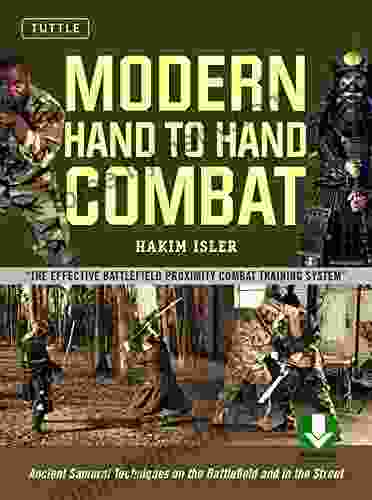
 Gilbert Cox
Gilbert CoxAncient Samurai Techniques On The Battlefield And In The...
Step into the realm of ancient samurai...
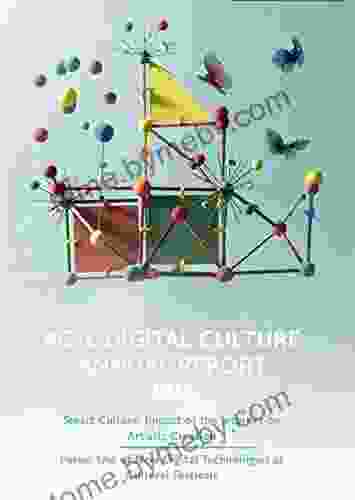
 Tom Clancy
Tom ClancyHarnessing the Power of Digital Technologies to Elevate...
In today's digital landscape,...

 Daniel Knight
Daniel KnightMaster Wilderness Survival with the Ninja Wilderness...
Are you ready to become a wilderness warrior?...
4.8 out of 5
| Language | : | English |
| File size | : | 64209 KB |
| Text-to-Speech | : | Enabled |
| Screen Reader | : | Supported |
| Enhanced typesetting | : | Enabled |
| Word Wise | : | Enabled |
| Print length | : | 550 pages |


